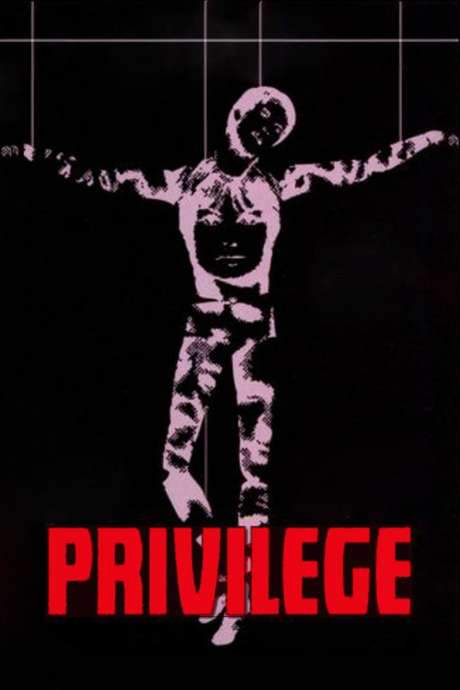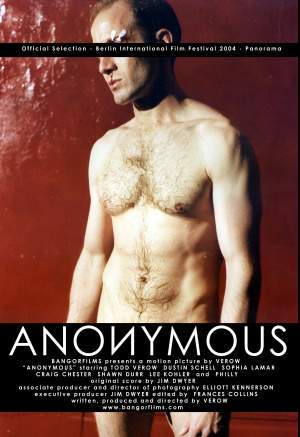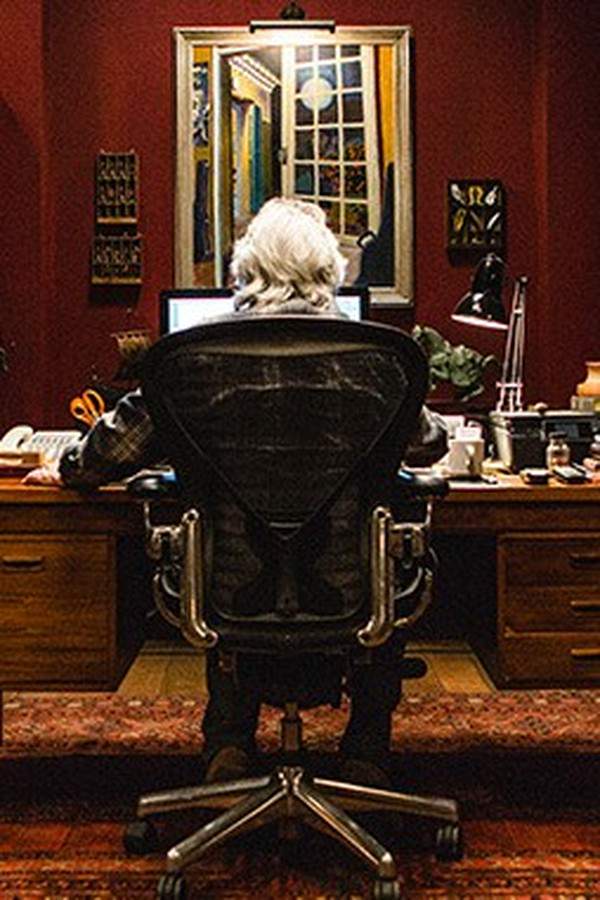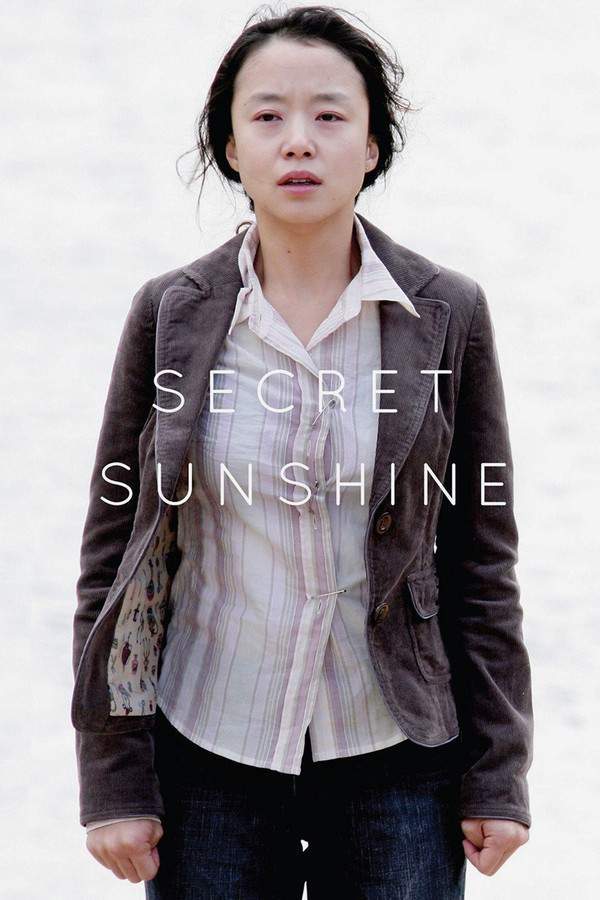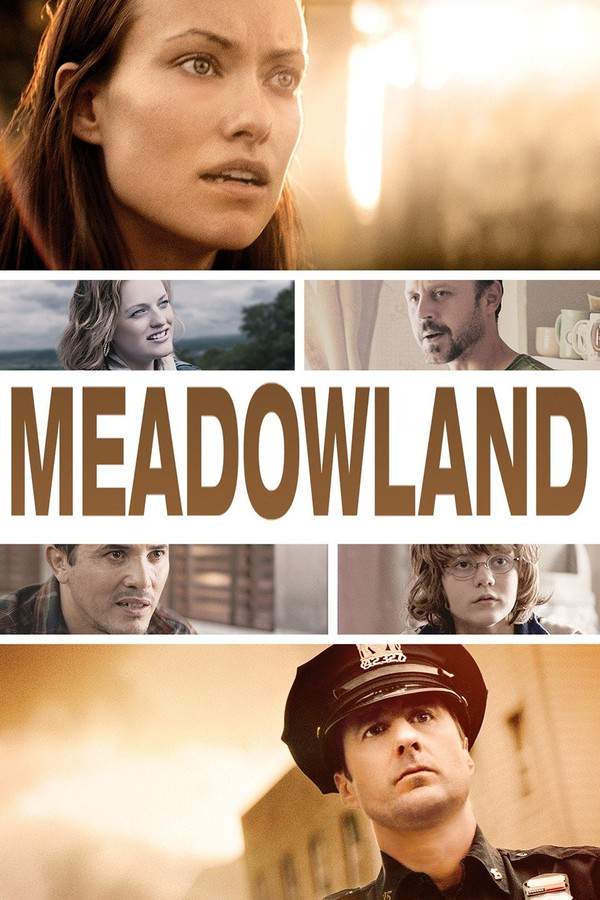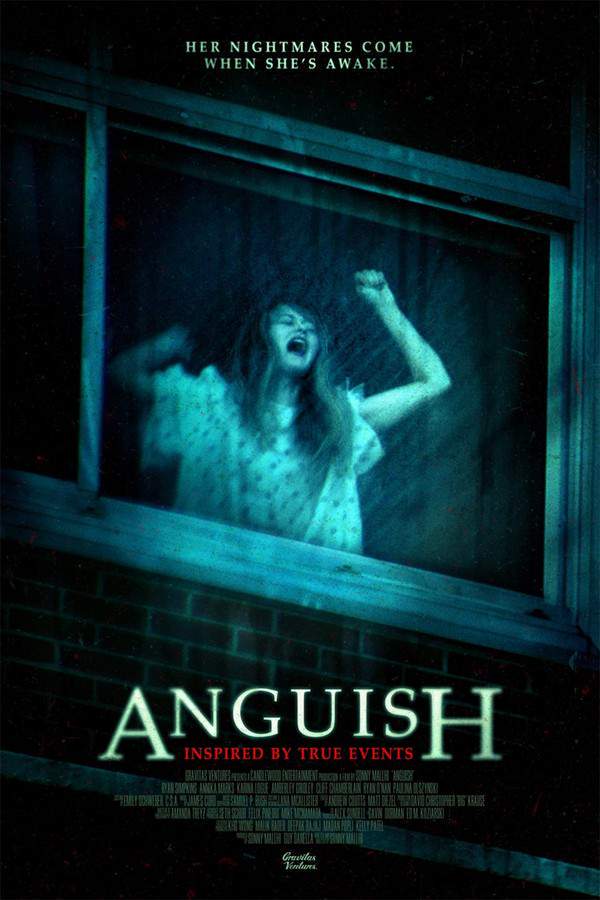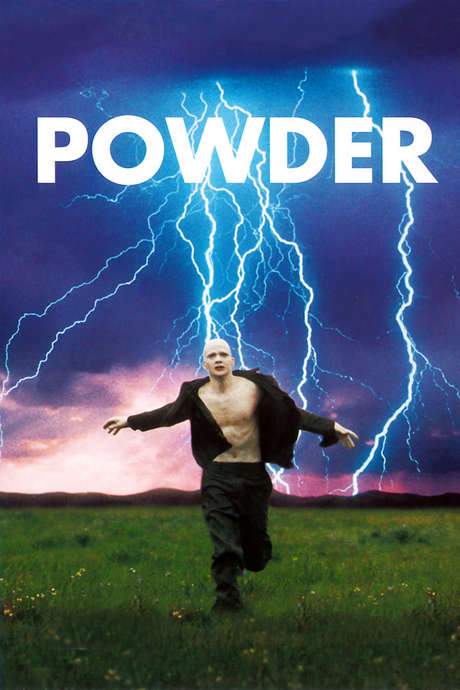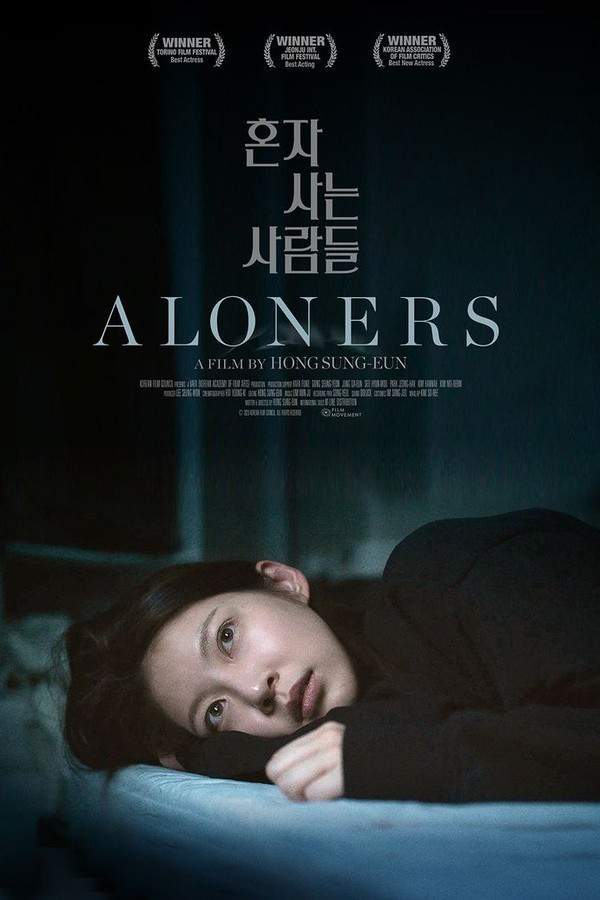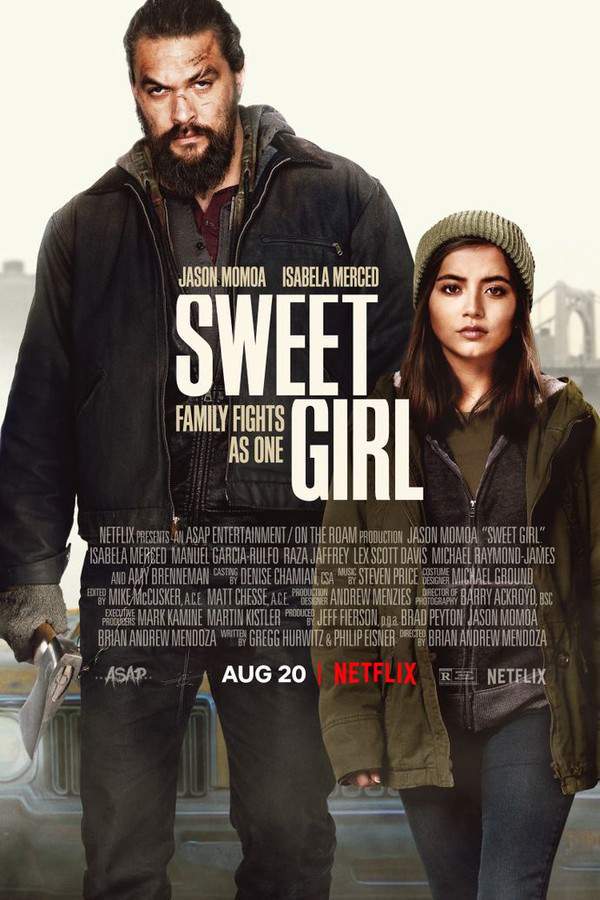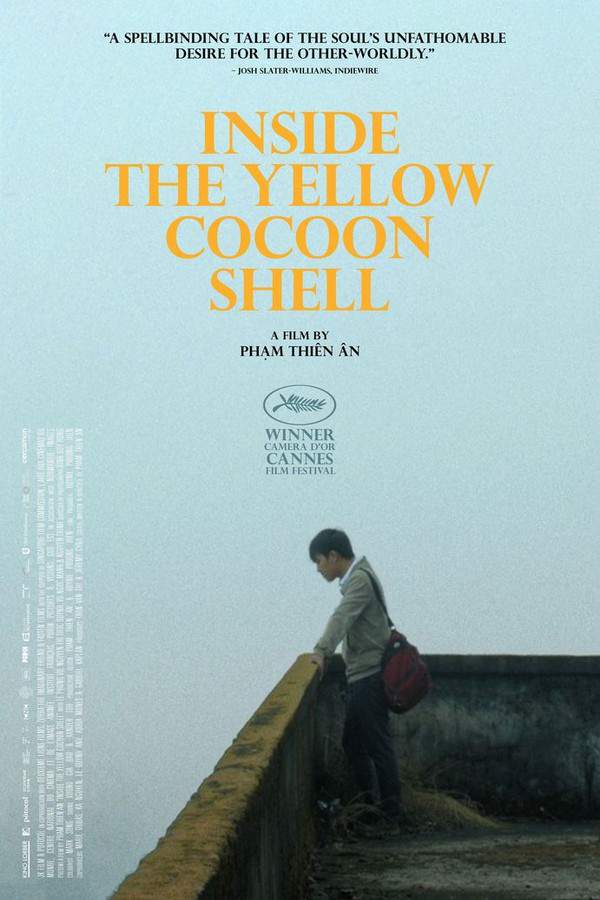
Barber’s Tales
Year: 2013
Runtime: 120 mins
Language: Tagalog
Director: Jun Robles Lana
In the 1970s, a determined widow inherits her husband’s barber shop in a secluded village. Facing ridicule from the predominantly male community, she bravely takes on the challenge of running the business. As she navigates the prejudice and skepticism, she unexpectedly finds strength, independence, and a path to personal liberation.
Warning: spoilers below!
Haven’t seen Barber’s Tales yet? This summary contains major spoilers. Bookmark the page, watch the movie, and come back for the full breakdown. If you're ready, scroll on and relive the story!
Timeline & Setting – Barber’s Tales (2013)
Explore the full timeline and setting of Barber’s Tales (2013). Follow every major event in chronological order and see how the environment shapes the story, characters, and dramatic tension.
Last Updated: October 03, 2025 at 06:41
Main Characters – Barber’s Tales (2013)
Meet the key characters of Barber’s Tales (2013), with detailed profiles, motivations, and roles in the plot. Understand their emotional journeys and what they reveal about the film’s deeper themes.
Last Updated: October 03, 2025 at 06:41
Major Themes – Barber’s Tales (2013)
Explore the central themes of Barber’s Tales (2013), from psychological, social, and emotional dimensions to philosophical messages. Understand what the film is really saying beneath the surface.
Last Updated: October 03, 2025 at 06:41
Explore Movie Threads
Discover curated groups of movies connected by mood, themes, and story style. Browse collections built around emotion, atmosphere, and narrative focus to easily find films that match what you feel like watching right now.
Movies about quiet rebellion like Barber’s Tales
Ordinary individuals find their strength by defying authoritarian systems from within.If you liked the quiet defiance in Barber’s Tales, explore other movies where ordinary people find courage under oppressive regimes. These films focus on personal liberation through small acts of resistance, often set against a backdrop of political fear, and feature unlikely heroes on a path to moral awakening.
Narrative Summary
Stories in this thread typically follow a protagonist living under an oppressive system—political, social, or domestic. A catalyst event pushes them from passive acceptance into quiet rebellion. The narrative focuses on the internal moral struggle and the immense risk of small defiant acts, culminating in a transformation where personal survival becomes intertwined with a broader, often ambiguous, fight for freedom.
Why These Movies?
These movies are grouped together because they share a specific emotional mix: the claustrophobia of an oppressive setting, the slow burn of rising defiance, and the heavy weight of moral choice. They are characterized by steady pacing, dark tones, and a focus on the psychological cost of resistance rather than action-packed revolution.
Movies where grief leads to defiance like Barber’s Tales
Stories where profound personal loss forces a character to confront injustice and find new strength.Viewers who appreciated how Barber’s Tales uses grief as a catalyst for change will find similar stories here. These films follow protagonists who, after a devastating personal loss, are pushed to challenge oppressive systems, finding unexpected liberation and strength amidst their sorrow.
Narrative Summary
The narrative pattern begins with a protagonist defined by their relationship to another, whose world collapses with a sudden loss. The process of grieving strips away their old identity, making them vulnerable but also open to seeing societal truths they previously ignored. Their journey is one of channeling sorrow into rage, and rage into a defiant, often risky, new purpose.
Why These Movies?
This thread groups films based on a powerful emotional arc: the intertwining of deep personal sadness with the birth of political or social consciousness. The shared experience is one of heavy emotional weight, a dark and somber tone, and a focus on how trauma can forge resilience and a new, stronger sense of self.
Unlock the Full Story of Barber’s Tales
Don't stop at just watching — explore Barber’s Tales in full detail. From the complete plot summary and scene-by-scene timeline to character breakdowns, thematic analysis, and a deep dive into the ending — every page helps you truly understand what Barber’s Tales is all about. Plus, discover what's next after the movie.
Barber’s Tales Summary
Read a complete plot summary of Barber’s Tales, including all key story points, character arcs, and turning points. This in-depth recap is ideal for understanding the narrative structure or reviewing what happened in the movie.

Barber’s Tales Timeline
Track the full timeline of Barber’s Tales with every major event arranged chronologically. Perfect for decoding non-linear storytelling, flashbacks, or parallel narratives with a clear scene-by-scene breakdown.

Barber’s Tales Spoiler-Free Summary
Get a quick, spoiler-free overview of Barber’s Tales that covers the main plot points and key details without revealing any major twists or spoilers. Perfect for those who want to know what to expect before diving in.

More About Barber’s Tales
Visit What's After the Movie to explore more about Barber’s Tales: box office results, cast and crew info, production details, post-credit scenes, and external links — all in one place for movie fans and researchers.








